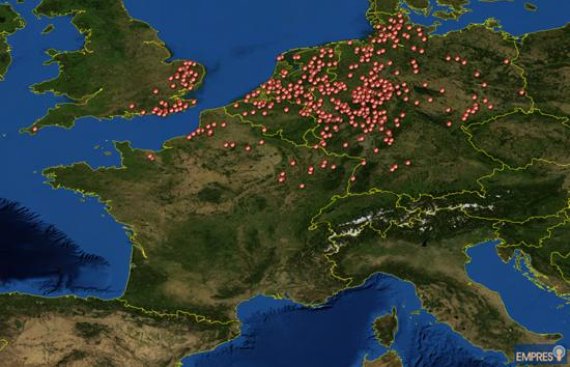Apparently, the placenta forms a barrier and prevents the virus from reaching the unborn foetus. Or a high dose is required,’ suggests Wim van der Poel of the Central Veterinary Institute (CVI). Last week, the CVI announced that 70 percent of the cows have anti-bodies against the Schmallenberg virus. This is good news. ‘Many animals have come into contact with the virus and have built up resistance. We expect the number of cases of deformed calves to go down in the coming year. One concern is that 30 percent of the cows have not been in contact with the virus. These have not built up any resistance and are at risk.’ Last month, the CVI developed a test to check for anti-bodies against the Schmallenberg virus in animals. Van der Poel thinks that it is remarkable that although so many cows have come into contact with the virus, only a few calves on each farm have been infected. ‘There are more infections among cows than among newly born calves. It seems that the virus cannot enter the foetus easily, or it does not always cause sickness.’ Things are different among sheep, says Van der Poel. In affected sheep farms, as many as one half of the lambs are born with deformities. The CVI now wants to also test midges for anti-bodies against the Schmallenberg virus, to find out if this insect is responsible for spreading the virus. In the meantime, Belgium and Danish researchers have shown that the virus is found in midges. The CVI is waiting for funding to enable it to carry out this work also in the Netherlands.
Schmallenberg virus: cow infected, calf spared
Seventy percent of the cows on dairy farms have come into contact with the Schmallenberg virus. But no more than one or two deformed calves are born on these farms.

